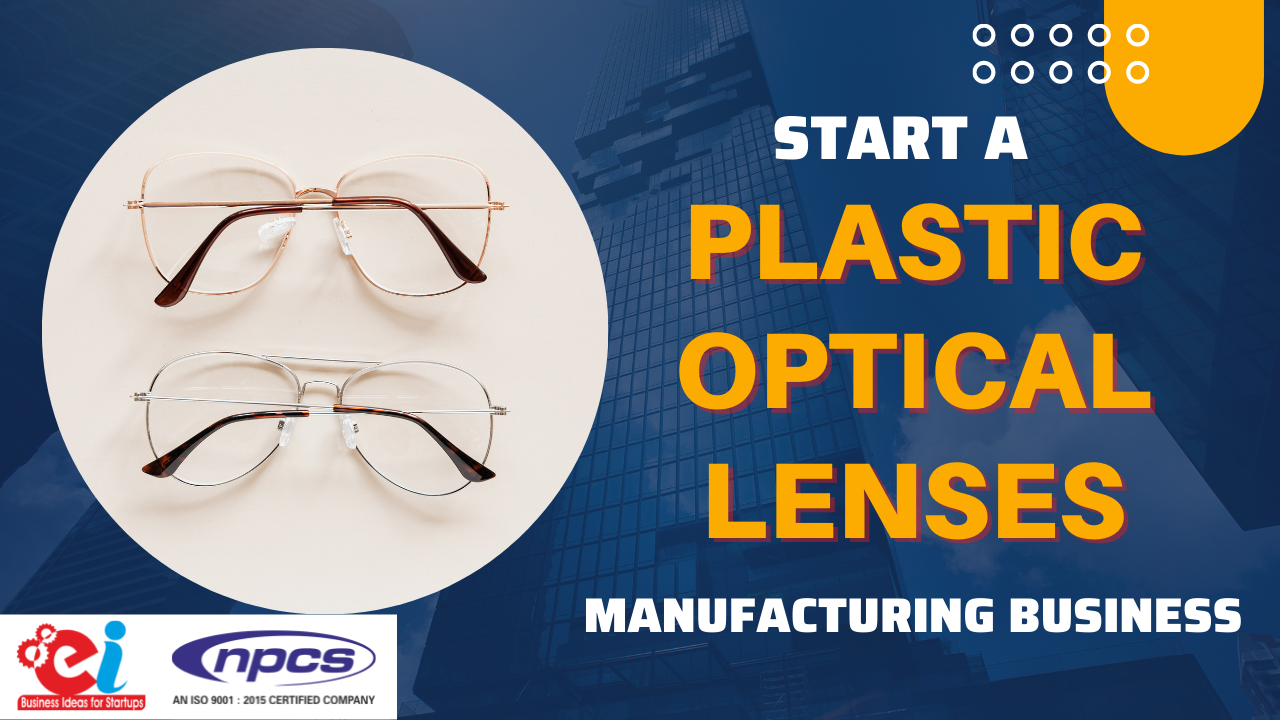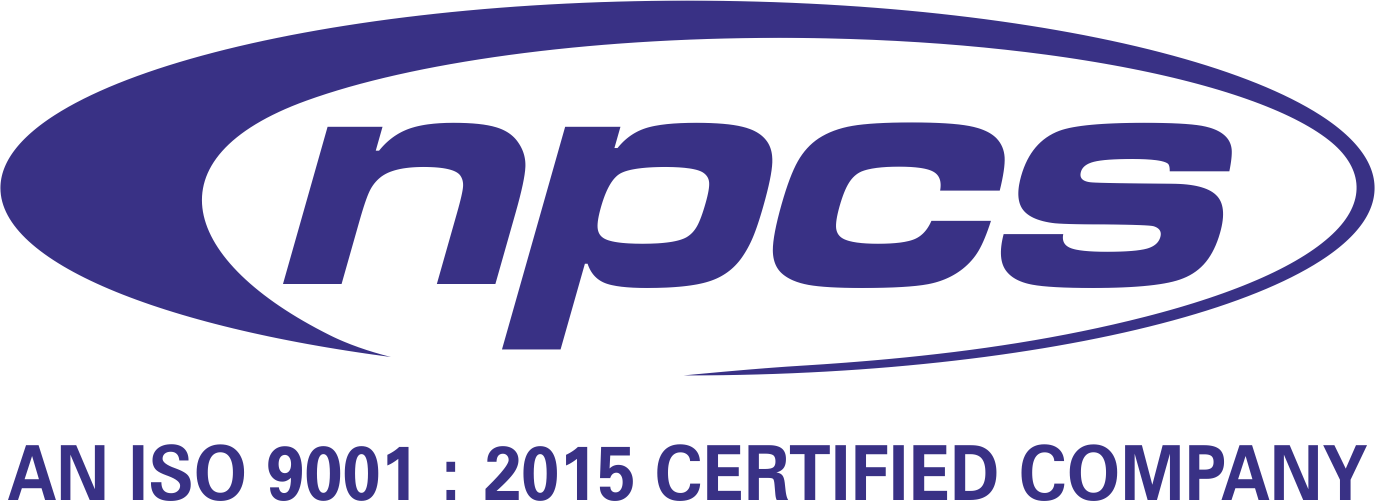Understanding the Scope of the Plastic Optical Lenses Industry
The plastic optical lenses industry is at the forefront of innovation in optics and precision manufacturing. These lenses, which are lightweight, shatter-resistant, and easily customizable, are used across industries such as eyewear, medical diagnostics, imaging systems, automotive displays, smartphones, and augmented reality devices. With global demand surging due to technological advancements, now is the right time to enter this high-potential market.
Market Research and Feasibility Analysis
Before starting a plastic optical lenses manufacturing business, we must conduct comprehensive market research. Identifying key competitors, understanding their production scale, pricing strategies, and customer base will help us position ourselves in the market. Feasibility studies will also inform us of the required investment, ROI expectations, and potential risks.
- Target Segments: Eyewear manufacturers, medical equipment suppliers, electronics producers, automotive companies.
- Emerging Markets: AR/VR tech, laser optics, and aerospace systems.
- Demand Trends: Increasing usage in lightweight, high-durability applications.
Business Registration and Legal Compliance
To formalize operations, we must register the business under the appropriate legal entity—LLP, Pvt. Ltd., or Corporation—based on the country’s business laws. Additionally, we need to:
- Acquire manufacturing licenses from industrial authorities.
- Ensure ISO certification for quality control.
- Comply with environmental and safety norms under pollution control and labor acts.
- Protect our technology and brand with patents and trademarks.
Choosing the Right Manufacturing Location
The factory location plays a critical role in cost-efficiency and logistics. An ideal location should offer:
- Access to skilled labor trained in optics and plastics.
- Close proximity to raw material suppliers and transport hubs.
- Availability of industrial utilities like clean water, electricity, and waste management.
Industrial zones or optical manufacturing clusters offer incentives and supply chain advantages.
Raw Materials and Suppliers
The core materials in plastic optical lenses include:
- CR-39 (Columbia Resin 39) – commonly used for eyeglasses.
- Polycarbonate – offers impact resistance for safety lenses.
- Acrylic (PMMA) – used in lightweight, budget-friendly optics.
- Resins and Coatings – for anti-scratch, anti-glare, and UV protection.
We should establish contracts with reliable chemical manufacturers and coating material suppliers to maintain uninterrupted production.
Optical Lens Manufacturing Process
The process to manufacture plastic optical lenses involves a mix of precision engineering and automation technologies. The key steps are:
1. Molding
We use injection molding or casting techniques to shape raw plastic materials into semi-finished lenses. Molding machines with precision tooling ensure dimensional accuracy and surface smoothness.
2. Curing
The molded lenses undergo UV curing or heat curing to harden the material. Temperature and time must be carefully controlled to prevent defects.
3. Polishing
Polishing removes micro-imperfections and improves transparency. Advanced CNC polishing machines and abrasive materials like cerium oxide help achieve the required optical clarity.
4. Coating
We apply functional coatings such as:
- Anti-reflective (AR) coating
- Scratch-resistant coating
- Hydrophobic and oleophobic coatings
- UV protection layer
These are applied in vacuum chambers or dip-coating units, depending on the coating type.
5. Inspection and Quality Control
Each lens undergoes visual inspection, optical power measurement, and surface analysis to ensure it meets standards like ANSI Z80 or ISO 8980. Using optical comparators and wavefront sensors ensures precision.
Required Machinery and Equipment
To set up a plastic optical lenses manufacturing unit, we need advanced machinery:
- Injection molding machines
- Lens polishing machines
- Coating chambers
- Cleanroom facilities
- Lens inspection equipment
Automated production lines ensure higher throughput and consistency. We should source machinery from certified optical manufacturing technology providers in Japan, Germany, or the U.S.
Manpower and Technical Team
An efficient team will include:
- Optical engineers for design and precision measurements.
- Production managers to oversee manufacturing workflows.
- Quality control specialists trained in lens standards.
- Machinists and operators for equipment handling.
- Maintenance and safety personnel for equipment and workplace management.
Training and periodic skill upgrades ensure high productivity and reduced wastage.
Cost and Investment Breakdown
Starting a medium-scale plastic optical lenses plant typically requires:
| Cost Component | Estimated Cost (USD) |
|---|---|
| Land & Building | $100,000 – $250,000 |
| Machinery & Tools | $300,000 – $700,000 |
| Raw Materials | $50,000 – $100,000 |
| Labor & Salaries | $10,000/month onwards |
| Licenses & Legal | $10,000 – $20,000 |
| Marketing Budget | $20,000 – $50,000 |
| Total | $500,000 – $1.2 Million |
Marketing and Distribution Strategy
We must build a B2B and B2C outreach model for different product categories. Key strategies include:
- Launching a dedicated website with 3D lens previews and catalog downloads.
- Partnering with eyewear brands, hospitals, and OEM manufacturers.
- Exhibiting at international optics expos and trade fairs.
- Leveraging platforms like Alibaba, Indiamart, and ThomasNet.
- Running Google Ads, SEO campaigns, and LinkedIn outreach.
High-quality plastic optical lenses earn repeat orders through consistent performance and certifications.
Sustainability and Green Manufacturing
The industry is shifting towards eco-friendly plastics and biodegradable lens materials. Our business should invest in:
- Recyclable resins
- Low-energy curing methods
- Solar power for machinery
- Zero-liquid discharge systems
Being certified as a green optics manufacturer opens up international partnerships and sustainable brand recognition.
Future Innovations in Plastic Optical Lenses
To stay competitive, we must invest in R&D for next-gen optical products:
- Photochromic plastic lenses
- Smart lenses with embedded sensors
- High-index ultra-thin lenses
- Custom 3D-printed optical solutions
Collaborating with universities and nanotech labs enhances product innovation and IP generation.
Conclusion: Building a Profitable Optical Manufacturing Legacy
The plastic optical lenses business offers long-term profitability when built with precision engineering, innovation, and commitment to quality. With rising global demand and numerous industrial applications, a robust setup supported by trained manpower and the latest technology can scale quickly.
By positioning ourselves as a reliable, certified, and eco-conscious manufacturer, we can supply to domestic and international markets with confidence.
Visit the page Select and Choose the Right Business Startup for You for sorting out the questions arising in your mind before starting any business and know which start-up you can plan.
We, at NPCS, endeavor to make business selection a simple and convenient step for any entrepreneur/startup. Our expert team, by capitalizing on its dexterity and decade’s long experience in the field, has created a list of profitable ventures for entrepreneurs who wish to diversify or venture. The list so mentioned is updated regularly to give you a regular dose of new emerging opportunities.






